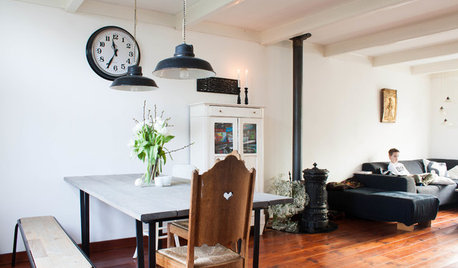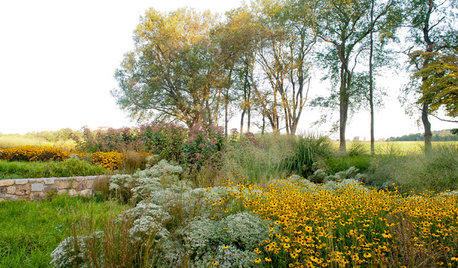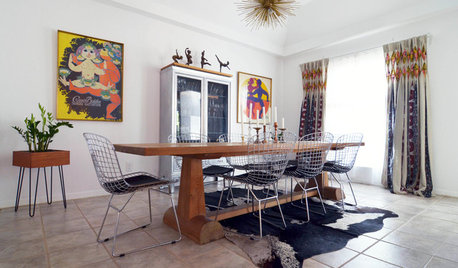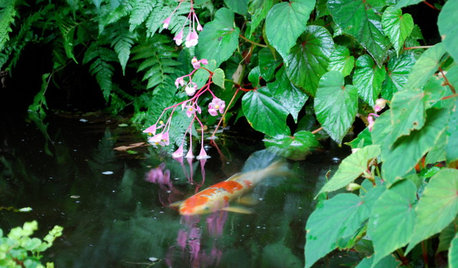Genetic Diversity in Heirlooms
devoidling
10 years ago
Related Stories

HOUZZ TOURSMy Houzz: Southern Charm and Heritage in a Dallas Cottage
A first-time Texas homeowner creates hospitality with family heirlooms, quirky mementos and an inviting color palette
Full Story
TRAVEL BY DESIGNTravel Guide: Vancouver for Design Lovers
You'll find more than just great architecture in this diverse coastal Canadian city — terrific parks, shops, eateries and museums abound too
Full Story
HOUZZ TOURSMy Houzz: Going Heavy on the Metal for Industrial-Style Beauty
Steel and iron pieces mix with antiques and heirlooms in an eclectic Netherlands home
Full Story
FEEL-GOOD HOMEInherited Pieces: Embrace the Approach That Works for You
How you remember and honor loved ones through heirlooms is your decision alone
Full Story
GROUND COVERSNative Alternatives to English Ivy, Japanese Pachysandra and Periwinkle
These shade-loving ground covers are good for the environment and say something about where you are
Full Story
GREAT HOME PROJECTSHow to Replace Your Lawn With a Garden
New project for a new year: Lose the turfgrass for energy savings, wildlife friendliness and lower maintenance
Full Story
GARDENING GUIDES10 Essential Wildflowers for the U.S. Central Plains
Focusing on prairie wildflowers supports the most wildlife in a low-maintenance Plains landscape
Full Story
EDIBLE GARDENSSummer Crops: How to Grow Tomatoes
Plant tomato seedlings in spring for one of the best tastes of summer, fresh from your backyard
Full Story
HOUZZ TOURSMy Houzz: A Texas Home Dances to Its Own Beat
A couple’s Lone Star roots on one side and Norwegian dancing heritage on the other bring eclectic flair to a North Dallas pad
Full Story
LANDSCAPE DESIGNExplore Your Garden Personality: The Artist
Drawn to shapes, textures and colors? Let your landscape be your canvas
Full Story






fusion_power
devoidlingOriginal Author
parker25mv
Emerson White
devoidlingOriginal Author